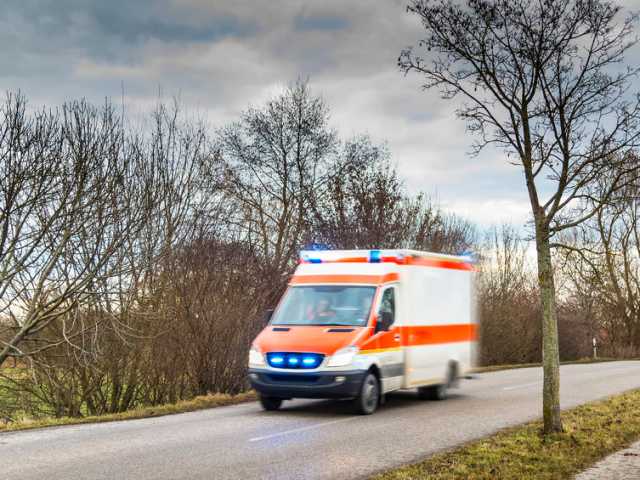Blog: Calling 1-1-5: a process-based view on Emergency Medical Services

Vinci-researcher Laura Maruster
Due to various challenges such as more elderly people, more chronic patients, and increased healthcare demands, the Dutch healthcare system is under increasing strain to supply the required capacity and quality of healthcare services. A worrying effect, for instance, is the increasing frequency of (partial) patient stops in Emergency Departments .
Given the central position of the acute care system, where patients, General Practitioners, hospitals and other medical parties intersect, a whole chain of undesirable effects appear. According to a recent analysis [1], it seems that since 2013 the demand of hospital acute care increases in number and complexity, which negatively affect planned care. As urgency cases have priority over elective care, and the number of urgency cases increases, less elective care cases are resolved, which results in an increase of waiting lists. Longer waiting lists for elective care lead to more demand for urgency care. And the story goes on.
Currently, the Dutch healthcare system is organized in organizational and professional silo’s, where different parties focus on their own interests. An integrated process-oriented view where the emergency patient is central would balance supply and demand of healthcare services. In other words, the vision is to organize acute care centrally (“1-1-5 - Er is wat in m’n lijf”), where all involved parties are collaborating (GP’s, medical specialists, nurses) and have shared access to all relevant information (EMS capacity, hospital capacity, out-of-hours GP) (see rapport SpoedZorg).
Would a more integrative approach work?
A first step toward answering this question is to get a good understanding of patient flows. Therefore a process-based approach, such a process mining, seems to be a useful technique.
Process mining [2] is a relatively new business management approach that enables the automatic analysis of business processes based on event logs, in order to improve quality and make these processes lean. Process mining provides insights into Key Performance Indicators such as overall process / activity throughput time, bottlenecks, rework, frequent or exceptional process flows, but also into organizational aspects such as work transfer between departments. Since 2001, the process mining paradigm evolved into a mature framework used by many researchers and practitioners (www.processmining.org ), which also led also to new commercial ventures (www.fluxicon.com ).
The literature acknowledges that process mining techniques provide useful insights into healthcare processes, which support further interventions (Rojas et al. (2016)). Together with Dr. Durk-Jouke van der Zee (FEB - Operations) and Roy Huisman, a graduate student of our university, we investigate the EMS case of UMCG-Ambulancezorg and the related actors from the Province of Drenthe.
To resolve the above-mentioned challenges, a process-based perspective is considered. Namely, the patient flows are discovered with process mining techniques to check whether the right care is delivered at the right time, in the right place, and from the right actor. These insights will be used to balance the care demand with the care supply, available in the province of Drenthe.
The research aims to be extended to the other Northern provinces (Groningen, Friesland), and eventually to all Dutch provinces. To know more, do not hesitate to contact the author of this post at l.maruster rug.nl.
[1] SpoedZorgNet, fluent (2017) – De Spoedpatient Centraal, https://www.spoedzorgnet.nl/, downloaded at 20.03.2018
[2] van der Aalst, W., Weijters, T., Maruster, L. (2004) - Workflow mining: Discovering process models from event logs, IEEE Transactions on Knowledge and Data Engineering 16 (9), 1128-1142.
